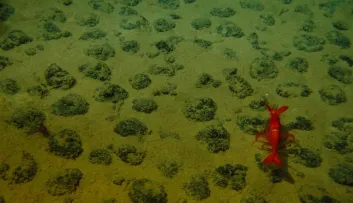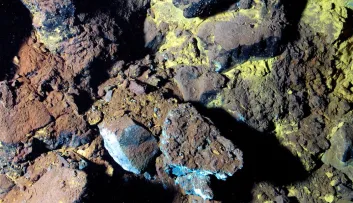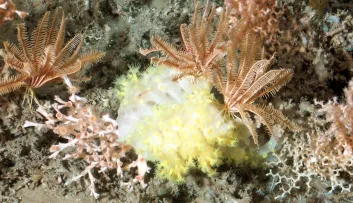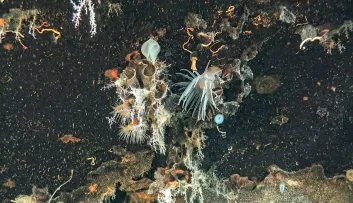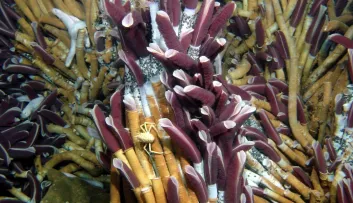Forum
Protecting the deep seabed: 2025, the year of the abyss!
A decisive year for the protection of the deep seabed.
- 6mn read
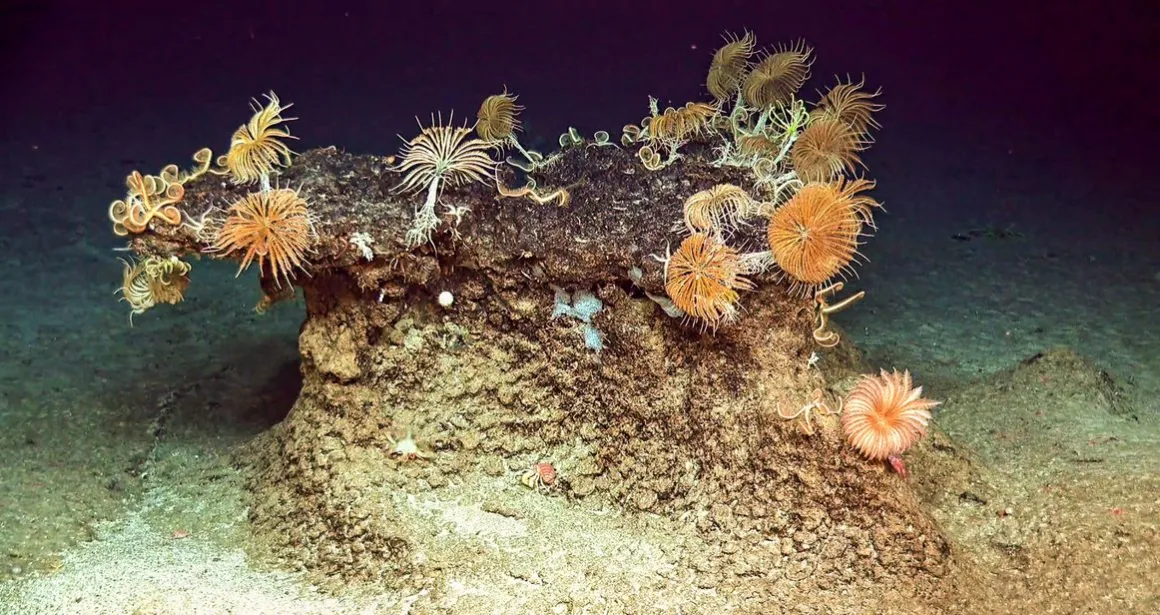
At a time when the spectre of mining continues to loom over the deep seas, Nausicaá, the Centre national de la mer (national sea centre) and IFREMER (the French national institute for ocean science and technology), co-authors of the landmark exhibition “Journey into the abyss”[1], would like to remind us of the importance of gaining a better understanding of these fragile ecosystems in order to protect them more effectively. Next spring, France will be hosting the Third United Nations Ocean Conference in Nice, an event that will have a decisive impact on the future of these environments that we still know so little about.
[1] https://www.radiofrance.fr/franceculture/evenements/plongez-au-coeur-de…
A decisive year for the protection of the deep seabed
One year ago, on the 20th of September 2023, the European Union, followed by 90 other countries, signed an historic treaty to protect the high seas. Whilst this agreement represents a significant step forward, it does not absolve all the threats, particularly those looming over the deep seabed. Although it is essential to humanity, we still know little about it, and it is attracting growing interest, particularly for mining. The possibility of extracting resources from the abyss is edging closer, which means the decisions that will be taken in the coming months are all the more important.
The last session of the International Seabed Authority wrapped up this summer in Jamaica, and we are facing a crucial year for the future of the deep seabed. While several countries, including France, Germany, Brazil and Costa Rica, have managed to open a discussion on the possibility of a “general policy for the protection and preservation of the marine environment”[1], there is no consensus on a moratorium or precautionary pause on deep-sea mining.
[1] https://www.ouest-france.fr/mer/en-jamaique-davantage-de-pays-demandent…
Unprecedented scientific findings
Just as scientific exploration of the abyss is beginning to reveal its secrets, the prospect of allowing it to be mined is a legitimate cause for concern. A number of recent findings highlight the vast wealth of these ecosystems, which are still largely unexplored.
Two years ago, a study revealed that deep-sea sediments were home to three times more biodiversity than bodies of water[1] ; and this year, off the coast of Chile, researchers from the Schmidt Ocean Institute[2] brought to light more than a hundred previously unknown marine species.
Meanwhile, on the Atlantic coast, Ifremer reported in 2020 that horse mussels, the molluscs that are relatives of mussels, live at the rhythm of the tides[3], at a depth of 1700 m. A major discovery that clearly illustrates that the ocean is unique and interconnected, from the surface to the depths, and from the coast out to the open sea.
Finally, last July, the journal Nature revealed the discovery of “dark oxygen” at depths below 4 km in the Pacific[4]. This information came as a surprise to the world’s scientific community: such oxygen production had never been observed at these depths in an environment without light and hence, without photosynthesis.
Thus, exploring the abyss never ceases to amaze and yield new discoveries. So, mining the mineral resources of the deep ocean today would result in all or part of the information that scientists are trying to gather being destroyed. If these ecosystems are destroyed, there will be no going back on a human scale. This is borne out by the scars, which are still visible 30 years later, from the experimental dredging carried out on nodule fields in the Pacific in the 1970s and 1980s.
[1] https://www.ifremer.fr/fr/presse/climat-le-role-mesestime-de-la-biodive…
[2] https://www.francetvinfo.fr/sante/decouverte-scientifique/des-scientifi…
[3] https://www.ifremer.fr/fr/actualites/les-moules-des-grands-fonds-ont-le…
France at the forefront
By prioritising scientific exploration, we can not only gain a better understanding of these environments, but we will also be able to protect them more effectively. And France has a huge responsibility in this respect as it is the country with the largest deep seabed area within its exclusive economic zone[1].
Our country is also home to an outstanding network of research institutes, scientific outreach centres and museums all striving to produce scientific knowledge about the deep seabed and share it with as many people as possible. As leading forces in knowledge of the ocean, we clearly maintain that the priority today must be to improve our knowledge rather than to blindly embark on a race into the abyss, the risks of which we are aware, even if we do not yet fully appreciate all the consequences. This is precisely the message conveyed by the thirty or so countries that have come out in favour of a precautionary pause, a moratorium or even, as far as France is concerned, a complete ban on mining deep mineral resources.
With the Third United Nations Ocean Conference to be held in Nice in June, the year 2025 is a unique opportunity to bring together political decision-makers from around the world, the global scientific community and civil society. In keeping with our scientific research and outreach activities, we will be present at the discussions with a commitment to providing a global understanding of the health and future trajectory of the ocean, along with the benefits it brings to humanity.
[1] Grands Fonds Marins – 2022. Report by the Think tank of the Fondation de la Mer.
Our commitments
- Uphold France’s position in favour of an international moratorium on deep-sea mining.
- Organise exhibitions, conferences and events to raise public awareness of this vitally important issue.
- Create a delegation of young people committed to the Ocean to take part in the Nice 2025 Conference, and advocate for the protection of the deep seabed.
This month, in connection with our participation in the Nice 2025 Conference, Nausicaá is putting together a delegation of young people committed to the Ocean, who will rally around the organisation of various events across the globe. Our ultimate goal is to present a plea to the world’s heads of State in Nice, urging them to make concrete commitments to protect the oceans
This issue is relevant to all citizens, as safety and quality of life are intimately linked to a well-preserved ocean and climate.
Because it is our collective responsibility to preserve the environment, biodiversity and ecological functioning of the deep seabed, we must take action now to protect the deep seabed!
Photo : (c) Ifremer/MNHN - Kanadeep (2019)

